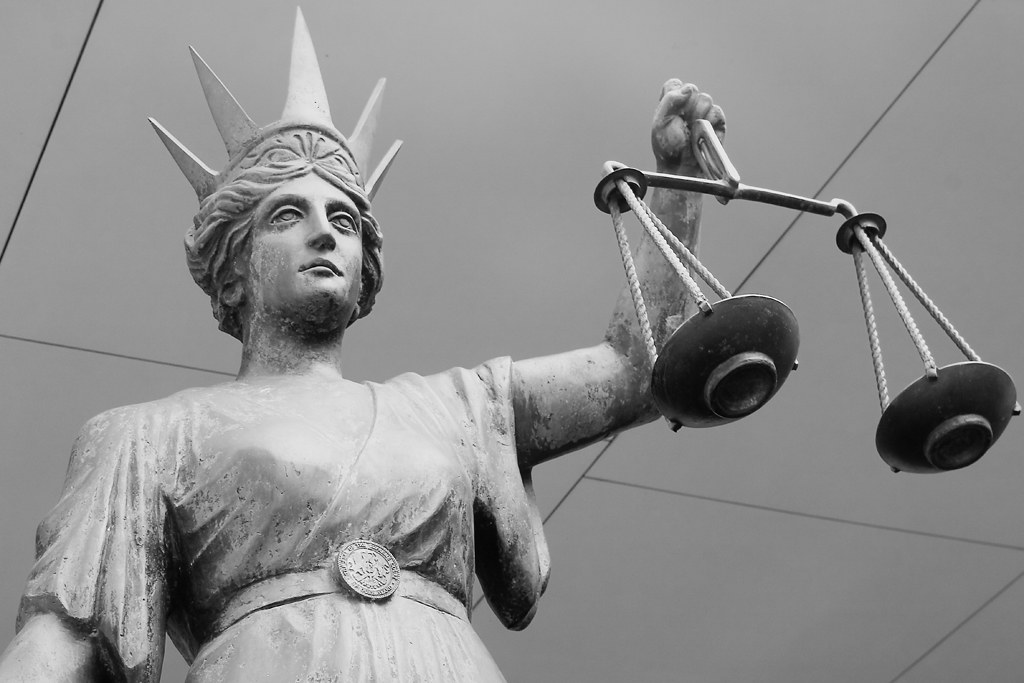Key Takeaways:
- Supreme Court Justice Clarence Thomas calls out top U.S. employers for discriminating against majority groups.
- A unanimous court ruled in favor of Marlean Ames, who faced discrimination for being heterosexual.
- The decision rejects a rule requiring majority-group plaintiffs to prove unusual circumstances.
- Justice Thomas criticized diversity initiatives that lead to discrimination against majority groups.
- The ruling sets a new precedent for reverse-discrimination cases.
Supreme Court Justice Clarence Thomas Speaks Out Against Discrimination of Majority Groups
In a significant move, Supreme Court Justice Clarence Thomas has criticized some of America’s biggest employers for discriminating against majority groups. His comments came during a case involving Marlean Ames, who faced discrimination because of her sexual orientation. The court unanimously ruled in her favor, setting a new precedent for future cases.
The Case of Marlean Ames
Marlean Ames, an employee at the Ohio Department of Youth Services, claimed she was denied a promotion and then demoted. Two gay colleagues were given the positions instead. Ames, who is heterosexual, sued the department under Title VII of the Civil Rights Act of 1964, which bans workplace discrimination based on race, color, religion, sex, or national origin.
The court agreed that Ames was a victim of unconstitutional discrimination. Her case will now go back to a lower court to resolve the details.
Justice Thomas: Discrimination Against Majority Groups Is Real
Justice Thomas pointed out that some employers wrongly assume only minority groups face discrimination. He called out a biased rule that made it harder for majority-group members to prove discrimination. This rule required them to show that unusual circumstances led to the discrimination.
“This rule is nonsense,” Thomas said. “It forces courts to assume that only unusual employers would discriminate against majority groups. But we know that even big, well-known companies often do this.”
He also criticized employers for focusing too much on diversity, equity, and inclusion programs. “These initiatives often lead to open discrimination against people seen as part of the majority,” Thomas explained.
A Flawed Rule Is Overturned
The court rejected the “background circumstances” rule, which made it harder for majority-group members to prove discrimination. This rule required them to show that unusual circumstances suggested the employer discriminated against the majority.
Thomas called this an unfair burden. “This rule adds extra steps for majority-group plaintiffs to prove their case. It distorts the law and creates confusion,” he said.
The court made it clear that Title VII does not require this extra step. Discrimination is discrimination, no matter who it targets.
A Big Win for Reverse-Discrimination Cases
This ruling is a major shift in how courts handle discrimination cases. It makes it easier for majority-group members to fight discrimination without jumping extra hurdles.
Justice Thomas emphasized that the law should protect everyone, regardless of their race, gender, or sexual orientation. “The law doesn’t favor one group over another,” he said. “It’s time to stop treating people differently based on superficial traits.”
What’s Next for Marlean Ames?
With the Supreme Court ruling in her favor, Ames’ case will return to a lower court. The ruling gives her a better chance of proving her claims of discrimination.
This decision could also inspire others in similar situations to come forward. It sends a clear message that the courts will not tolerate discrimination against any group.
A Call for Fairness in the Workplace
Justice Thomas’ strong words highlight a growing concern about workplace discrimination. Many feel that diversity initiatives, while well-intentioned, can sometimes lead to reverse discrimination.
The ruling reminds employers to focus on fairness for all, rather than favoring one group over another. It’s a step toward creating a workplace where everyone has equal opportunities.
Final Thoughts
The Supreme Court’s decision is a win for fairness and equality. It shows that the law protects everyone, regardless of their background. Justice Thomas’ comments serve as a reminder that discrimination in any form is unacceptable.
As the case moves forward, it will be important to watch how this ruling impacts future discrimination cases. One thing is clear: The courts are taking a closer look at how employers treat all employees, not just minorities.

